15 Stunning Facts About Table Mountain, South Africa
High above the bustling city of Cape Town, South Africa, Table Mountain stands as a majestic guard.
To fully appreciate its beauty and significance, I’ve prepared for you 15 stunning facts about Table Mountain, South Africa. I’ve also answered the most frequently asked questions about Table Mountain that might boggle your mind.
From its geological formation to the rich biodiversity it harbors, these Table Mountain facts will prepare you for an unforgettable visit to the symbol of Cape Town.
Let’s dig in!
Disclaimer: This post contains affiliate links. If you purchase something through one of them, I may receive a small commission at no extra cost to you. Thank you for helping me create free content on this website!
15 Fun and Interesting Facts About Table Mountain, Cape Town

Below, you’ll find the most captivating facts about Table Mountain. Let’s explore:
- Table Mountain is one of the oldest mountains in the world. It was formed more than 500 million years ago. For comparison, the Ural is 250 – 300 million years old, the East Andes are 280 – 570 million years old, and the Himalayas are only 50 – 70 million years old. Despite its old age, the Table Mountain continues to grow even today. That’s one of the most mind-blowing facts about Table Mountain, isn’t it?
- Its flat top, resembling a table, gives the mountain its iconic name. The original name was Hoerikwaggo, meaning “Mountain in the Sea“. That’s what the indigenous Khoisan people of the Cape used to call Table Mountain.
- António de Saldanha was the first registered climber of the Table Top. He was also the first European to set anchor in Table Bay. In 1503, he conquered the mountain and named it Taboa do Cabo (“Table of the Cape” in Portuguese). In 1488, the Portuguese Bartolomeu Dias and his crew were the first Europeans to sail around Cape Point. They were also the first to lay eyes on Table Mountain from a 200 km (124 mi) distance.
- Table Mountain is part of the Table Mountain National Park (TMNP). Nelson Mandela proclaimed the area a national park in 1998. The gigantic park covers the region north of Cape Town all the way to the Cape of Good Hope. Table Mountain is the heart of the National Park.

- The highest point of Table Mountain is Maclear‘s Beacon. It stands at 1,085 m (3,563 ft.) above sea level. The mountain stretches from Devil’s Peak (975 m / 3,199 ft.) in the east to Lion’s Head (640 m / 2,100 ft.) in the west.
- The base of Table Mountain is solid granite, while the top is composed of sandstone. The sandstone isn’t as heavy as granite, which allows the base to support the enormous weight. Layers of ice during an ice age flattened the surface. This gave the mountain its distinguishable Table Top, resembling a dining table. Years ago, Table Mountain stood at sea level so the waves washed, polished, and redefined its cliffs.
- The Cape Floral Kingdom is the smallest but richest of the world‘s six plant kingdoms. The kingdom, found on Table Mountain, includes over 8,500 plant species. What makes this one of the coolest facts about Table Mountain is that some of them are unique endemic species. Various protea flowers, including South Africa’s national flower the King Protea, blossom on Table Mountain in late February and March. You can also see fynbos and ericas everywhere around the mountain.
- Diverse wildlife also inhabits Table Mountain. The national park is home to various bird species and the dassie, Table Mountain’s unofficial mascot. Funny fact but the rabbit-looking animal is actually a hoofed mammal and a relative of the elephant, not the bunny. Although there’s a large number of these South African animals on Table Mountain, I didn’t encounter one during my visit.
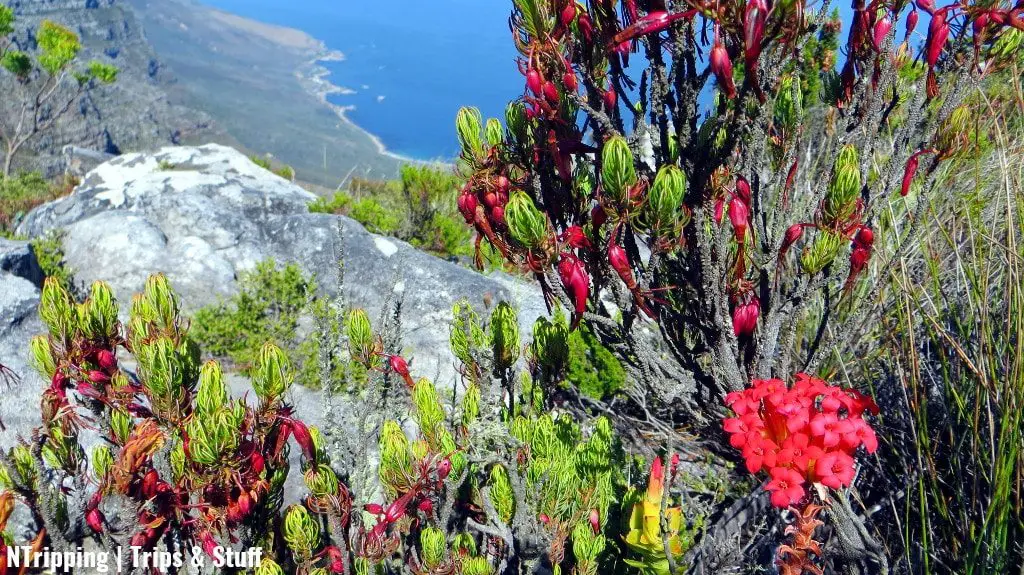
- Table Mountain was once home to lions and leopards. Until the beginning of the 19th century, lions roamed the slopes of Table Mountain. The last one was shot in 1802. Similarly, leopards were spotted on the mountain until 1920. This has to be one of the craziest facts about Table Mountain. Sadly, due to human encroachment and hunting, the predators no longer live on the mountain.
- The Cape Floral Region is a UNESCO World Heritage Site. On top of that, Table Mountain is one of the New 7 Wonders of Nature as well. That’s thanks to the fact that the Cape Floral Kingdom boasts such a diversity of plants.
- A constellation of stars in the Southern Celestial Hemisphere was named after Table Mountain. Mensa, which means “table“ in Latin, contains no visible bright stars. It was originally named “Montagne de la Table” or “Mons Mensae” by its creator, Nicolas-Louis de Lacaille. I think that’s one of the most peculiar facts about Table Mountain, don’t you agree?
- You can reach the top of Table Mountain via a cable car. It has been operating since 1929. The rotating gondolas provide a breathtaking 360°-panorama of the north slope of the mountain and Cape Town. Get your Cable Car ticket in advance to skip the line. I was extremely lucky that not only the weather allowed me to use the cable car, but it’s been a few days in a row with good weather conditions, so the queue was tiny. However, you shouldn’t leave this to chance (see the next Table Mountain fact).
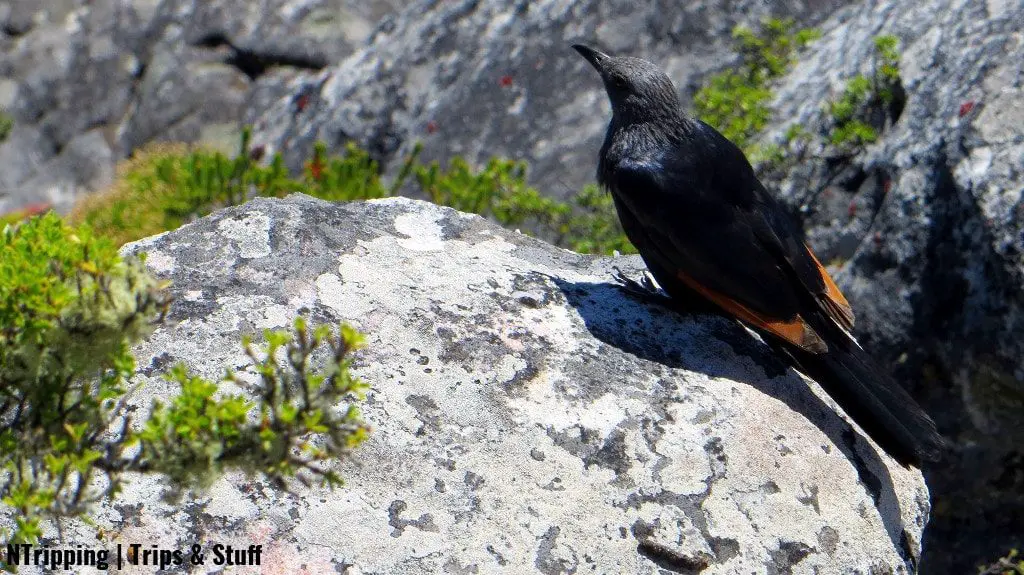
- The weather on the Table Top is unpredictable. Strong winds and temperature changes often create a “tablecloth” of clouds. This causes the cable car to stop running. That’s why, the moment you arrive in the Mother City, plan your Cape Town itinerary so that the first attraction you visit is Table Mountain. It’s best to go to Table Mountain as early as possible in the morning. Later in the day, the chances of the tablecloth forming increase.
- Table Mountain offers diverse hiking, rock climbing, and mountain biking trails. Several of the best hiking trails in Cape Town will get you to the Table Top. Multi-day treks are available, too. Don’t forget to carry enough water, as there’s no shadow. In fact, many hikers collapse on the way up because they underestimate the difficulty of the Table Mountain hike and overestimate their abilities. If hiking and biking aren’t extreme enough for you, you can also climb the rocks to the very top. During my visit, I saw a bride climbing the last few meters to the Table Top in her gear and wedding dress… I have to admit, climbing Table Mountain on your wedding day has to be one of the most romantic things to do in Cape Town!
- Table Mountain is featured on Cape Town‘s flag and logo. A stylized image of the mountain represents the South African city. The iconic emblem of Cape Town is not just a geographical feature. Table Mountain symbolizes Cape Town‘s rich heritage and natural beauty. I think that’s one of the most interesting facts about Table Mountain, don’t you?
FAQs About Table Mountain, South Africa
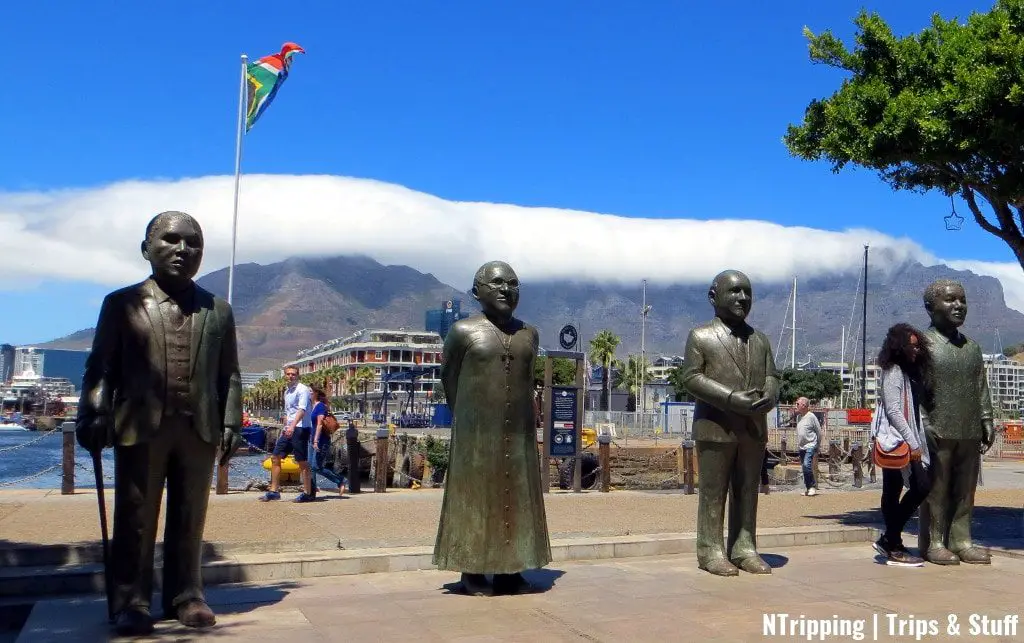
I bet after you read all these incredible facts about Table Mountain, a bunch of unanswered questions popped up in your head. No worries, I’ve tried to answer as many as possible. Read on:
How does the “tablecloth” on Table Mountain form?
According to legend, the Dutch pirate Jan van Hunks built a house on the east side of Table Mountain, near the Devil’s Peak. One evening, a stranger came out of nowhere as the pirate was smoking outside.
The two of them started a silent competition who would smoke longer and create more smoke. That’s when the tablecloth formed for the first time. From then on, each time the clouds cover Table Mountain, Capetonians say the competition between the pirate and the devil has resumed.
In reality, when the topography of the area forces the wind from the ocean to lift, it meets colder air. This causes condensation and forms non-rainy clouds or thick mist. As the mist pours over the mountain slopes, the reversed process takes place and the clouds disappear. Although it’s unlikely to rain, the clouds reduce the visibility, and hikers often get lost or confused.
What can you do on Table Mountain?
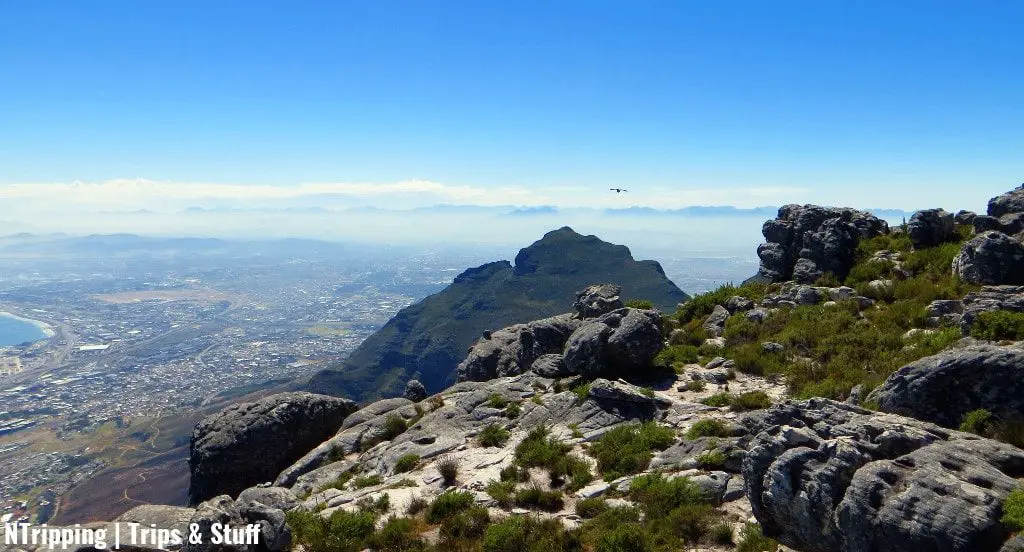
Once on the top of Table Mountain – no matter how you got there – you can follow the easy-to-walk trails around the 4 km (2.5 mi) long plateau. Despite the low difficulty level, it takes some time to finish the full circle.
The magnificent views and the diversity of the flora leave you in such awe that you can’t pull yourself from the spot. You just want to feel the breeze on your face, smell the fragrance of the flowers, and take one more perfect photo before continuing to the next spot. And they’re all extremely spectacular!
Continue your walk, try to find some blossoming proteas and ericas, or try to spot a dassie.
What can you see from the top of Table Mountain?
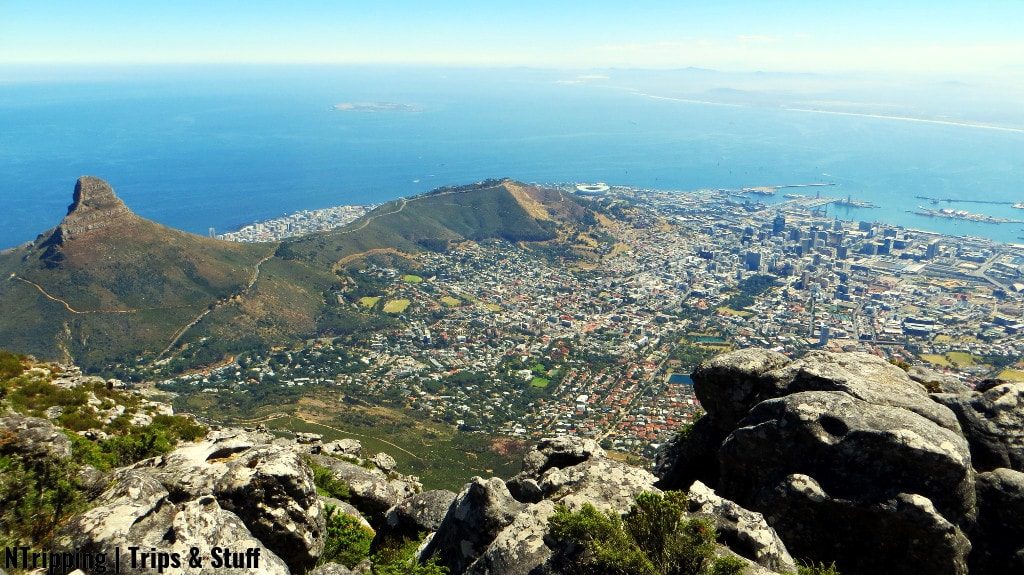
The first thing you’ll see as you step out of the cable car is Lion’s Head. Actually, the back of the head. It’s not clear who named the hill this way, but the resemblance with a lion’s head is clearly visible when coming from the Winelands.
Next, you’ll notice the magnificent view of the 12 Apostles Mountain, spreading all the way to Cape Point. At its feet, you’ll notice the clear waters of the Atlantic Ocean and the beautiful Clifton Beach and Camps Bay.
And from the south slopes of the mountain starts the Constantia Wine Route. Then, on the north side of the Table Top, you can see Cape Town spreading in front of you.
On your right, you’ll also see Devil’s Peak, given the tablecloth has lifted. Try to spot the main attractions of the Mother City.
You can’t miss the huge 60-thousand-visitor football stadium, built for the FIFA World Cup 2010. Or Victoria & Alfred Waterfront, the most visited tourist spot in the whole of South Africa. Then, there’s the empty spot, where the infamous District Six once stood. You can even see the trails and some of the brave hikers, going uphill.
Where’s the best spot to view Table Mountain from Cape Town?
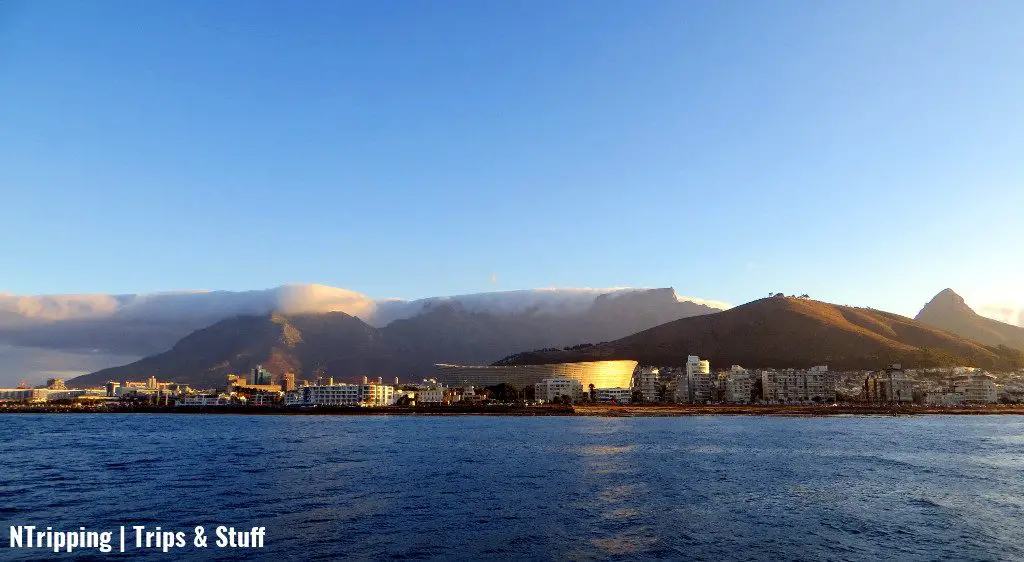
Not everyone who visits Cape Town is lucky enough to reach the Table Top. Weather conditions or the tablecloth might prevent you from going up.
But even if you don’t manage to see Cape Town from above, you can still view Table Mountain from almost anywhere in the city. Some of the best views are from Signal Hill, the Victoria & Alfred Waterfront, Table View, or on board a sunset cruise (see the last photo).
My favorite view from afar was from Dolphin Beach, one of the best Cape Town beaches.
Another great option is to find a restaurant in Cape Town with a view of Table Mountain and enjoy a great meal. And if you’re worrying that a trip to Table Mountain will ruin your bank, check what options to visit Cape Town on a budget are available.
Why is Table Mountain so famous?
Table Mountain is renowned for its stunning beauty and its majestic presence overlooking Cape Town. It’s home to diverse wildlife and the Cape Floral Kingdom, which is the smallest but richest in the world. These facts have earned Table Mountain a place on the UNESCO World Heritage list and as one of the New 7 Wonders of Nature.
What’s unique about Table Mountain?
What sets Table Mountain apart is its distinctive flat-topped shape, resembling a table, hence the mountain’s name. Additionally, Table Mountain is the only South African and natural site on the planet to have a constellation of stars named after it. The constellation is called Mensa, which translates to “table” from Latin.
Is it cold at the top of Table Mountain?
Yes, it can get chilly at the top of Table Mountain, especially with the altitude and wind factor. The weather conditions can vary, and you should layer up to stay warm. Bring a windbreaker jacket, even on sunny days.
Is Table Mountain worth it?
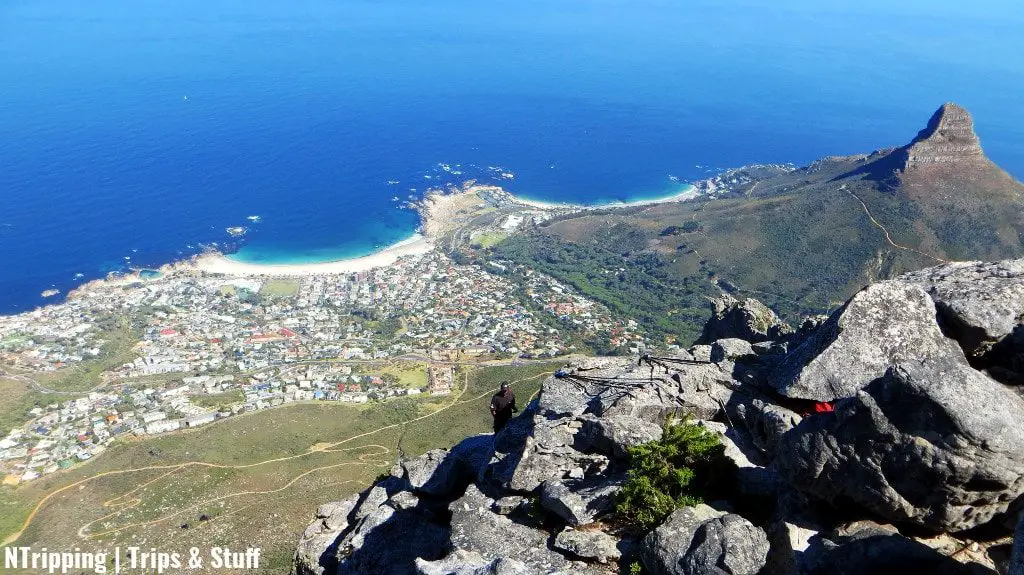
Absolutely! Visiting Table Mountain is definitely worth it for the breathtaking panoramic views, rich biodiversity, and unique experiences it offers. Whether hiking to the summit, taking the cable car, or enjoying outdoor activities, visiting Table Mountain will create unforgettable memories.
Is it better to go to Table Mountain in the morning or afternoon?
It’s better to visit Table Mountain in the morning for clearer skies and better visibility. This way, you avoid the risk of the “tablecloth” effect, where clouds can obscure the views later in the day. Morning visits also offer cooler temperatures and fewer crowds, which will make your experience more enjoyable.
What is on the top of Table Mountain?
The top of Table Mountain features a cable car station, a souvenir shop, a snack shop, and a restaurant. Although the Table Top looks flat from the foot of the mountain, once you get to it, you’ll see that the terrain is rather rugged. A loop hiking trail will take you around the top of Table Mountain. Several viewpoints along the way reveal magnificent vistas of Cape Town and the surrounding area.
Was Table Mountain a volcano?
No, Table Mountain was not a volcano. It was formed through geological processes involving erosion and sedimentation over millions of years, resulting in its distinctive flat-topped shape.
Why is Table Mountain flat?
Table Mountain’s flatness is attributed to the horizontal layers of sandstone exposed by erosion, giving it its tabletop appearance. This unique geological formation distinguishes it as one of Cape Town’s most recognizable landmarks.
Which Table Mountain Facts Surprised You the Most?
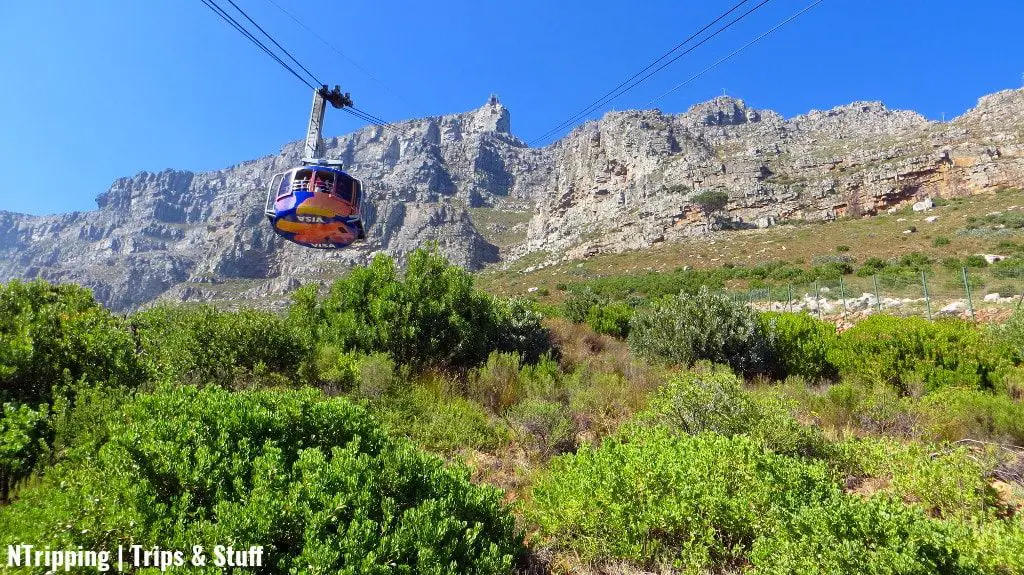
There you have it – the 15 most astonishing facts about Table Mountain!
From its biodiversity to its stunning natural beauty, the mountain is a true symbol of the South African city. You can hardly imagine an image of Cape Town without Table Mountain proudly popping in the background.
Now, tell me:
Which facts about Table Mountain amazed you the most?
Let me hear it in the comments below.

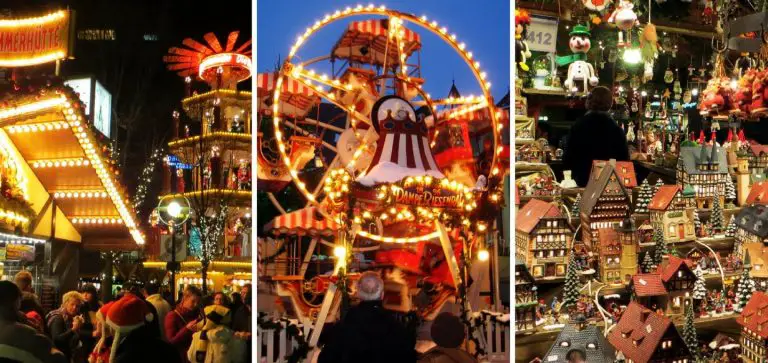
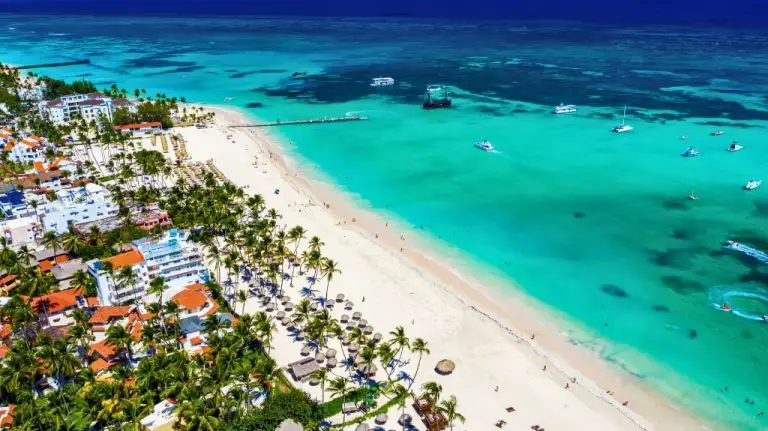
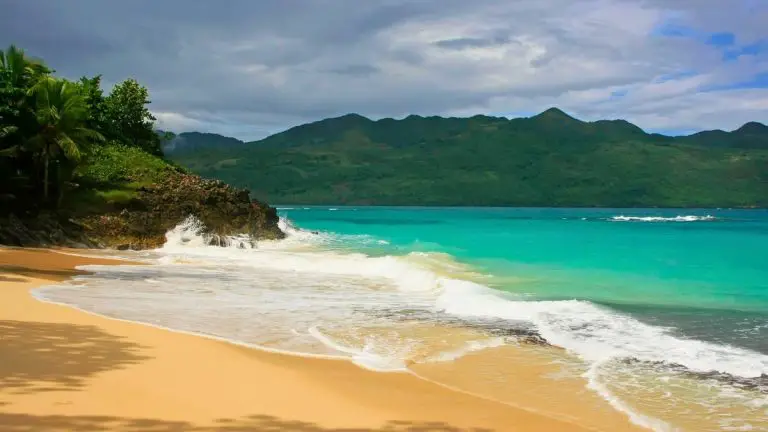
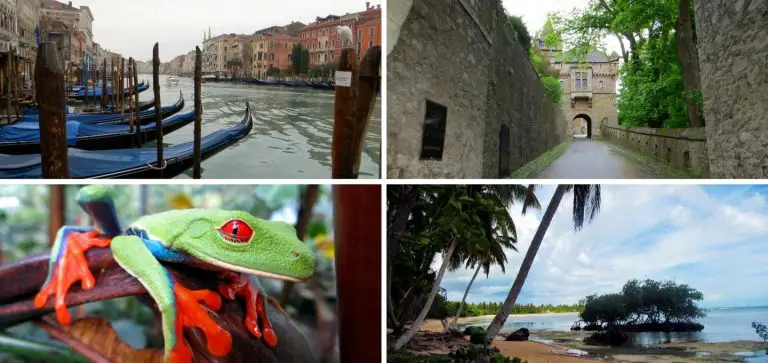
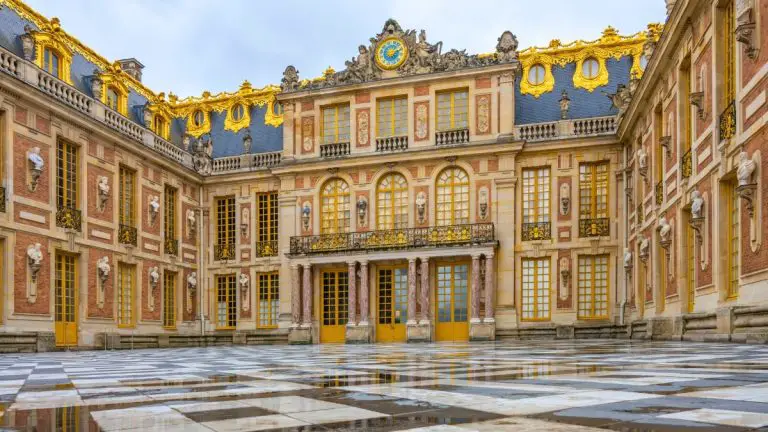
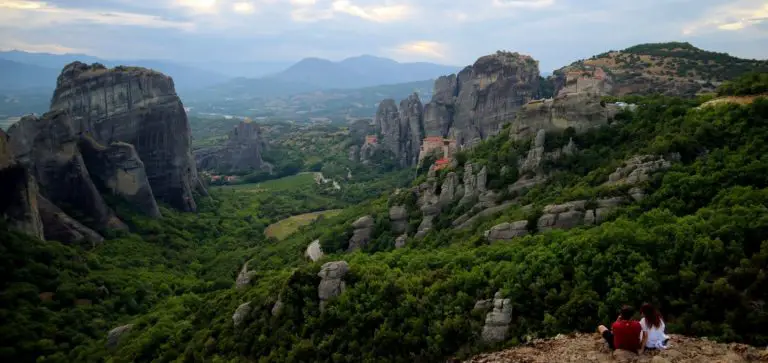
Wohooo, this mountain is not only ancient but it is also stupendously gorgeous!
You have been so lucky to experience this kind of weather!
And it was not boring at all. You both promise and deliver! Thanks!
Thanks, Svet! Glad you liked the post :)
We were not only lucky to have clear weather and go up with the cable car, but it was also the third clear day in a row, so the line was really short. We only waited for several minutes, which is a rare occurance.
On the next day, it was windy in Cape Town, the table cloth had covered Table Mountain and the cable car was suspended! But there’s still plenty to do in the Mother City, so we had a fun day as well ;-)
Wish you could visit South Africa some day! Happy travels :-)
Cheers, N.
Lucky basta.. I mean fellows! :)))
I wish to bathe myself in the drop-dead gorgeous beauty of Africa soon!
Cheers,
Svet